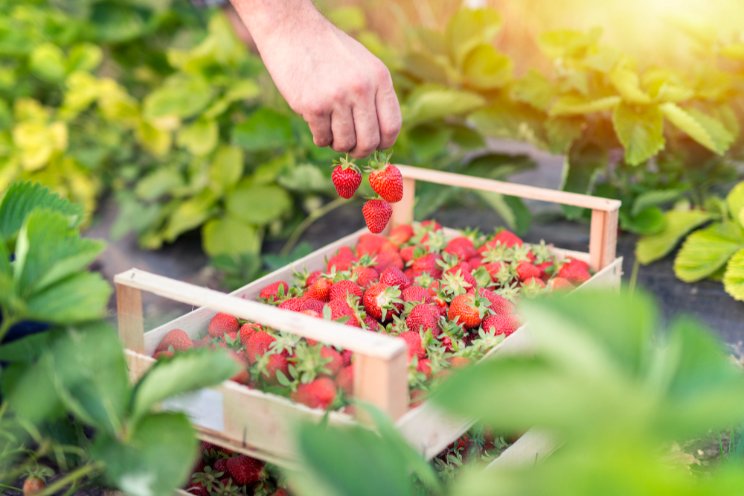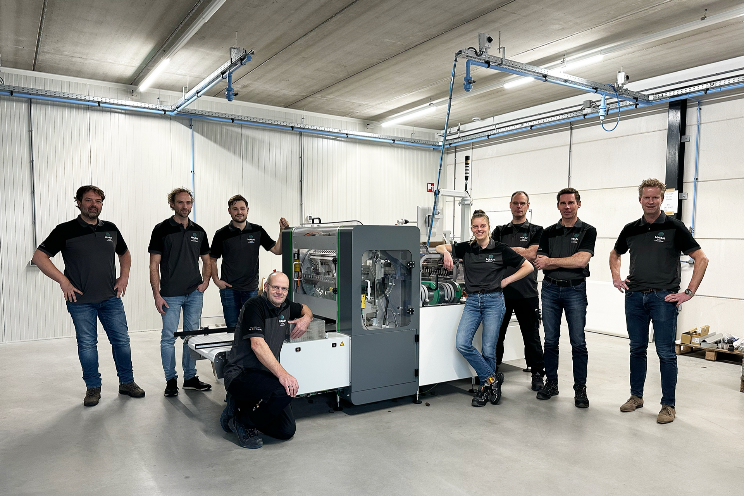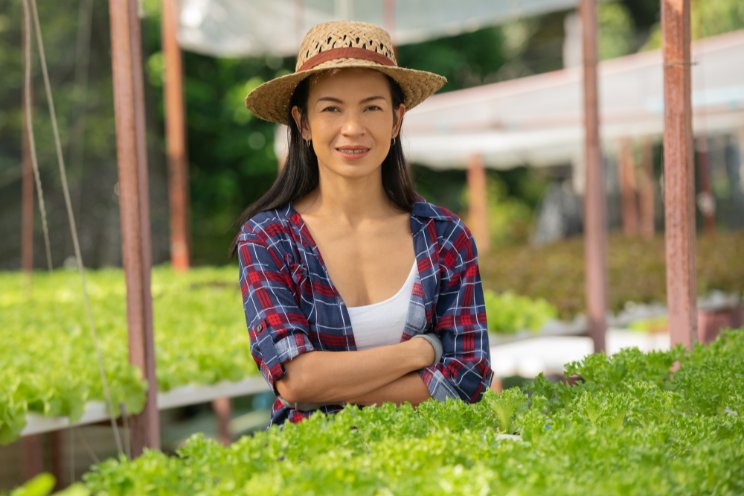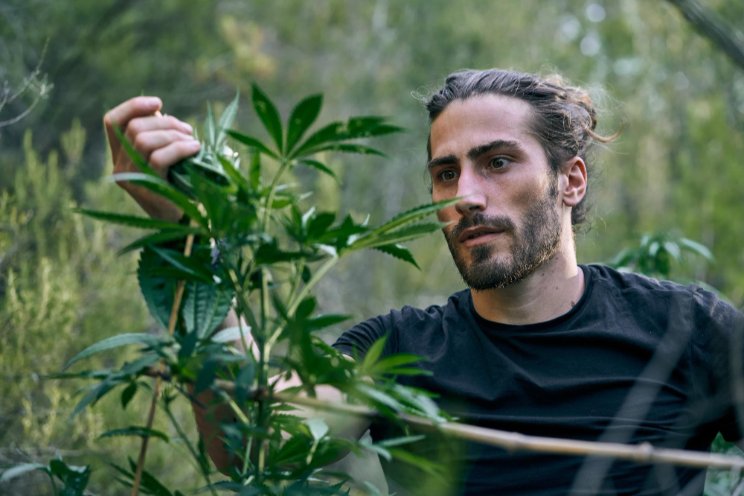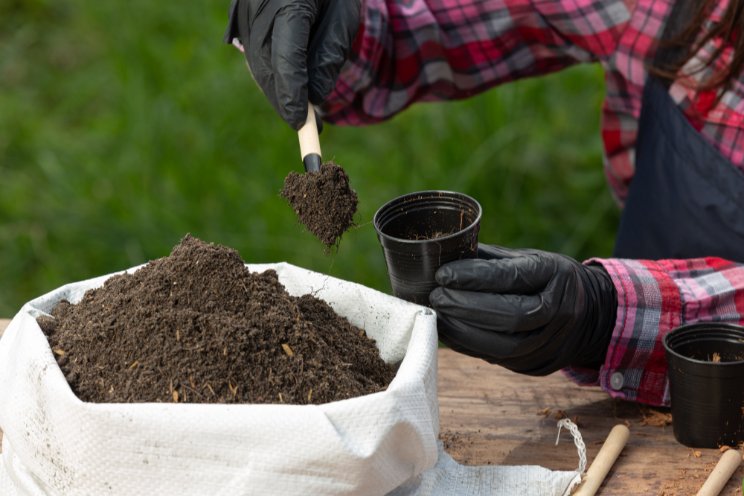The future of the U.S. hemp industry
Added on 03 February 2020
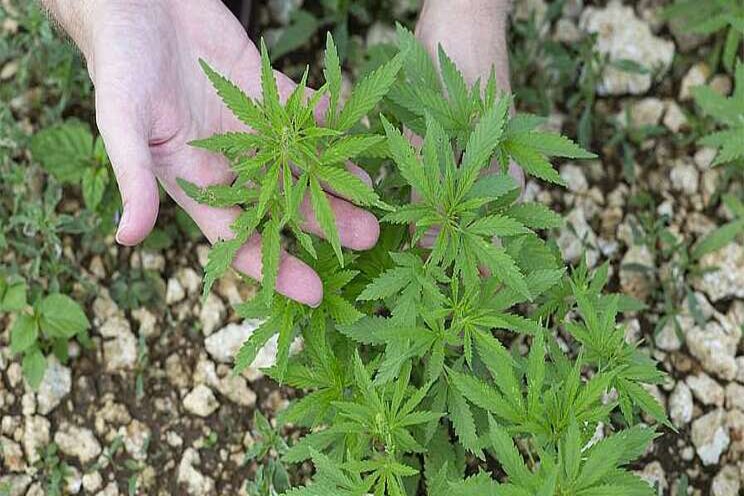
On Oct. 29, 2019, the USDA announced its Domestic Hemp Production Program. The interim final rule was published to the Federal Register on Oct. 31, formally going into effect that day. It will remain for two years, allowing for a full growing cycle, at which point the USDA will issue final regulations.
However, the process is not over yet. In fact, growers will have an increasingly important role in the ongoing transformation of hemp regulation. Much has already been said about the particulars of the interim final rule, but if you have any connection to the hemp industry, now is the time to speak out.
Your Voice Matters
After issuing the interim final rule, the USDA opened a 60-day public comment period which was set to end Dec. 30. However, due to the overwhelming and continued response from hemp organizations and professionals, the USDA has pushed back the deadline until Jan. 29, 2020. Within the first month and a half, more than 1,200 people had submitted publicly available comments.
The USDA has made it clear that your voice matters. Though it isn't entirely clear how the USDA plans to address these comments, the process of drafting the hemp regulations has been relatively collaborative and inclusive of industry voices—beginning with a hemp listening session this past March.
What Are People Saying?
Hemp professionals find the current rules strict. For instance, many of the comments found the total allowable THC percentage of 0.3% far too low. Several have advocated for testing Delta-9 THC instead of total THC content or at least raising the total THC percentage to 0.5%.
Sean Zhong, an assistant director at a hemp testing laboratory, argues that higher CBD levels drive profitability for hemp farmers but also increase THC levels, making the 0.3% threshold difficult for current farmers. He went so far as to say "a reasonable THC limit will be 1% for medicinal hemp."
According to a comment by hemp entrepreneur Erik Smith, these higher THC percentages "will give enough breathing room for farmers to use current genetics without the constant fear of total crop loss." Smith also advocates for extending the mandatory testing period from 15 to 45 days.
A consensus is still emerging from the opinions of growers, retailers, technicians, and researchers that bring their accumulated expertise to bear weight on an issue that will affect the trajectory of this industry.
Join the Chorus
What do you think? The more voices that are added to the chorus, the better the USDA can respond to industry needs, converging down a path of aligned interests between cultivators and regulators. I encourage everyone working in the world of hemp to join the conversation by submitting their comments. Don't miss the January 29 deadline. Your voice can shape the future of this industry.
Source: Greenhouse Grower
Photo by Tyler Jones, UF/IFAS
Source: Greenhouse Grower
More news

